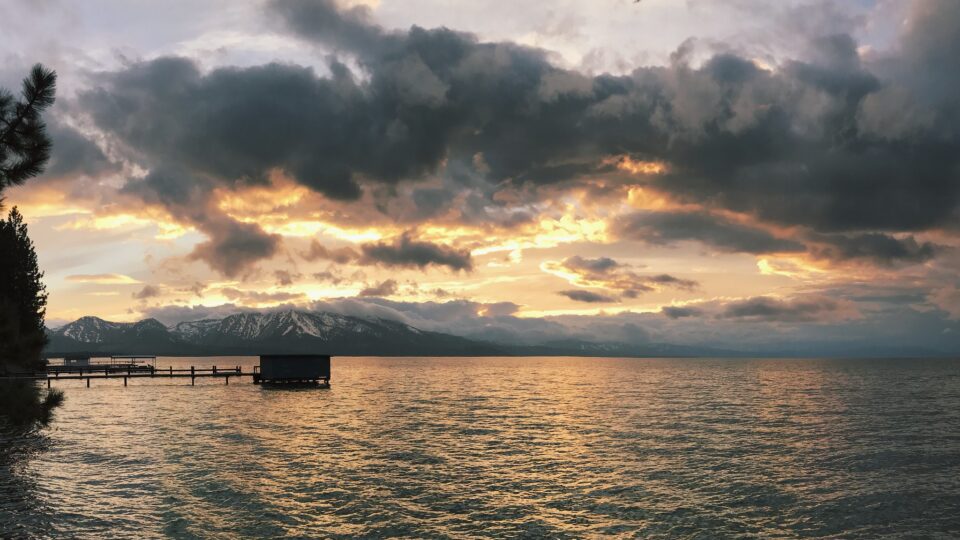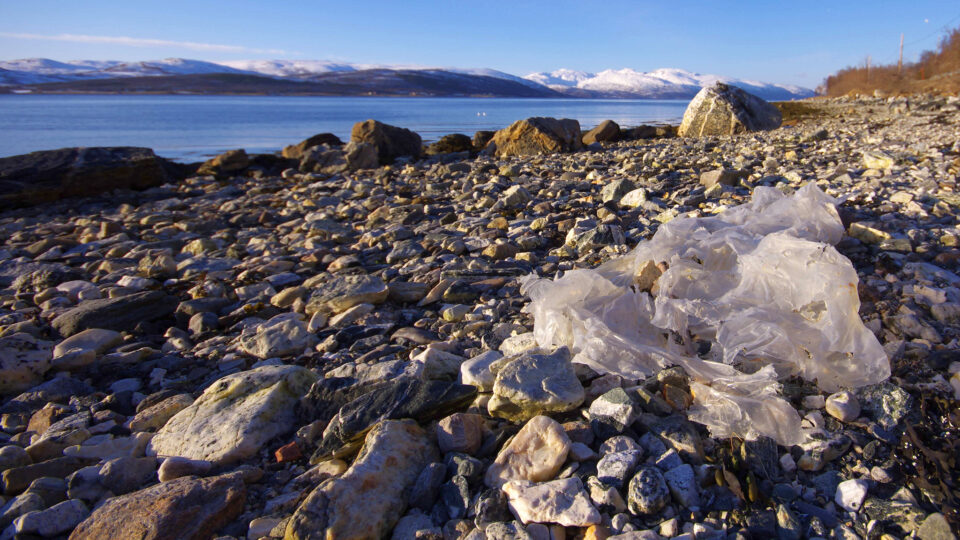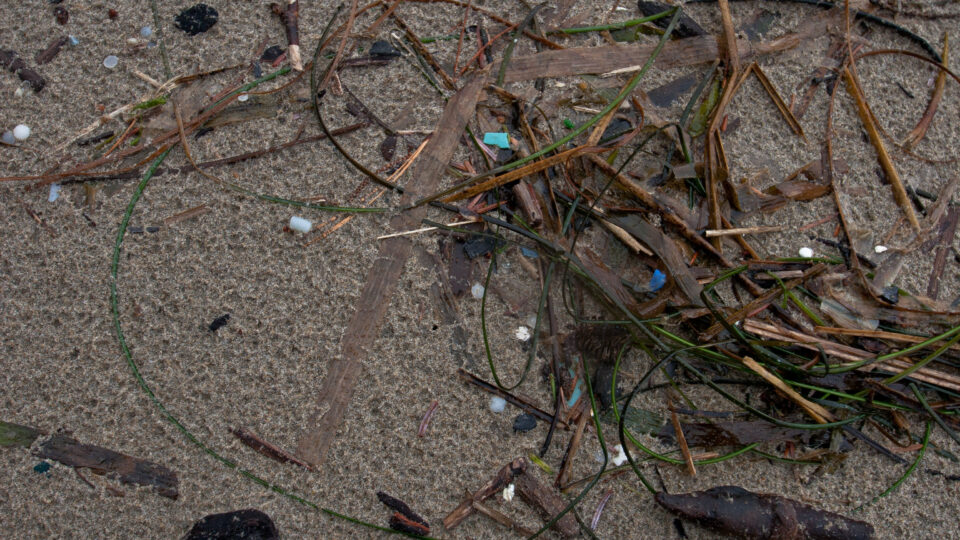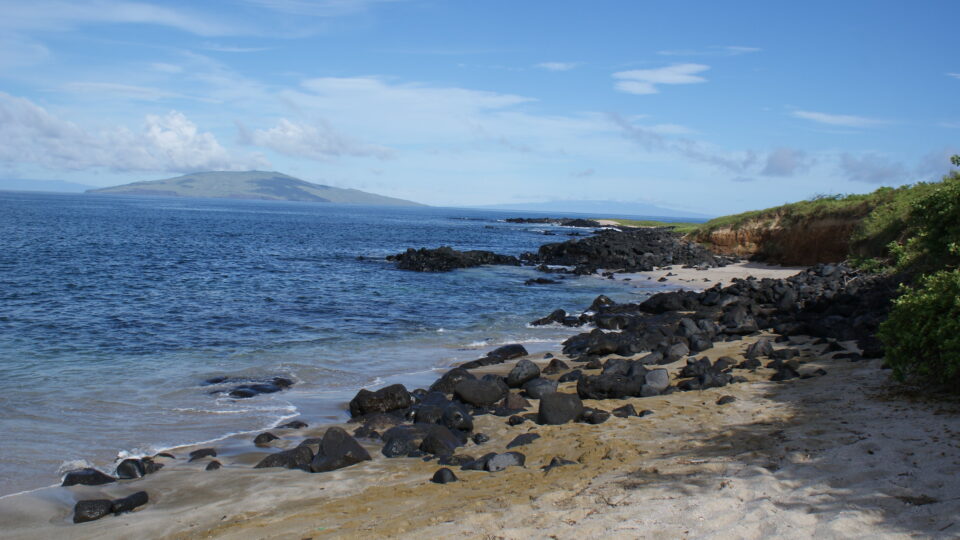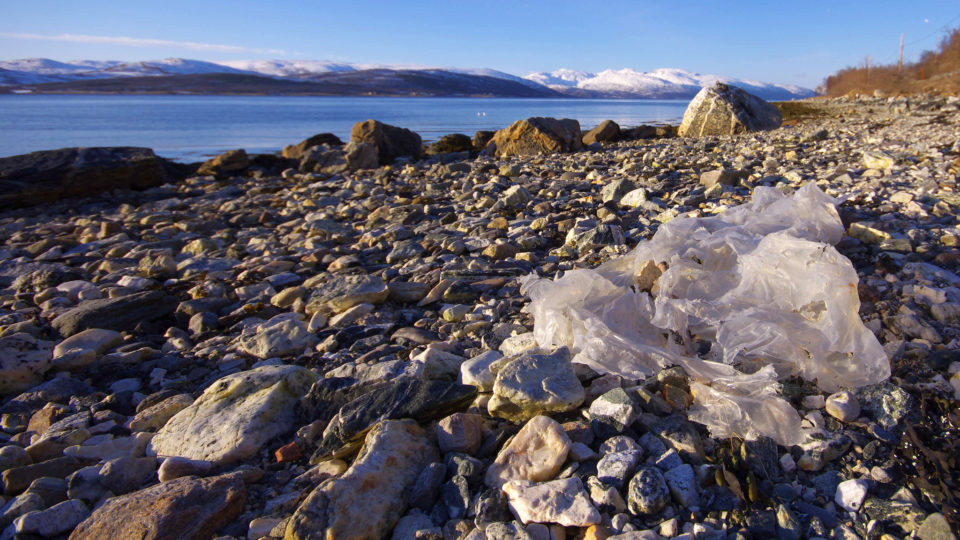We are always talking about the millions of tons of waste plastic that finds its way into the oceans and about the challenges of trying to remove it. A new multinational study has found that the concentration of plastics and microplastics in some lakes is even worse than in the so-called garbage patches in the oceans and some of these lakes are even in remote places around the world
Scientists from institutes in multiple countries collected water samples from 38 lakes and reservoirs in 23 countries across six continents. The samples were then all analyzed by the University of Milan to assess the presence of plastic particles more than a quarter millimeter in size.
The study found that two types of lakes are particularly vulnerable to plastic contamination: lakes and reservoirs in densely populated and urbanized areas and large lakes with elevated deposition areas, long water-retention times, and high levels of human influence.
Lakes found to have the highest concentration of plastic included some of the main sources of drinking water for communities and were also important to local economies. These included Lough Neagh in Northern Ireland, Lake Maggiore in Italy, and Lake Tahoe on the California/Nevada border. Not all the lakes studied contained large amounts of plastic. For example, Windermere, the largest lake in England, had very low concentrations of plastic in surface water.
This was the first global survey of the abundance and type of plastic pollution in lakes and reservoirs and the scale of freshwater plastic pollution is sobering indeed. There is widespread concern that plastic debris is having harmful effects on aquatic species and ecosystem function and clearly is not limited to marine ecosystems.
**********
Web Links
Plastic pollution is higher in some lakes than oceans
Photo, posted May 27, 2019, courtesy of Jonathan Cook-Fisher via Flickr.
Earth Wise is a production of WAMC Northeast Public Radio
